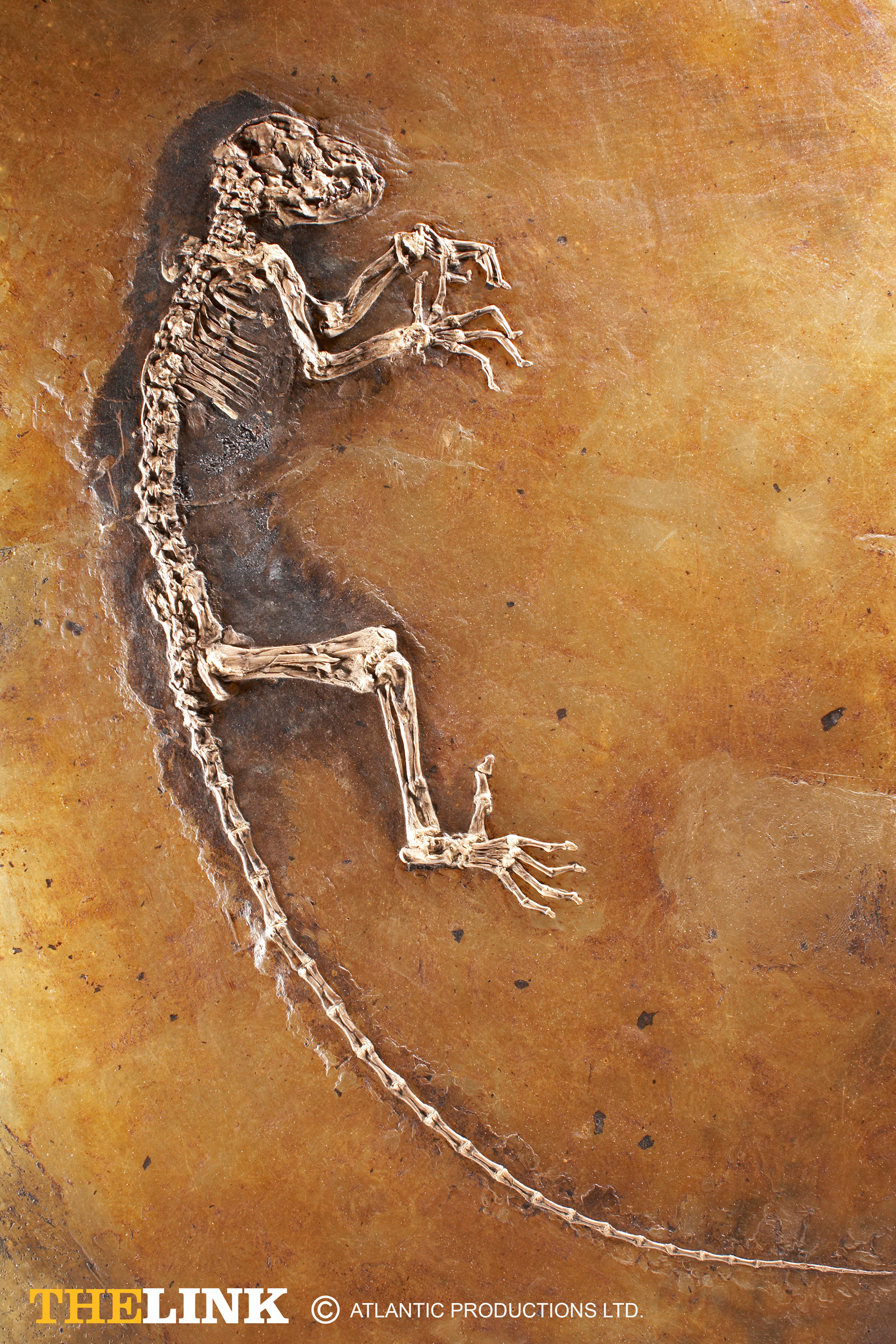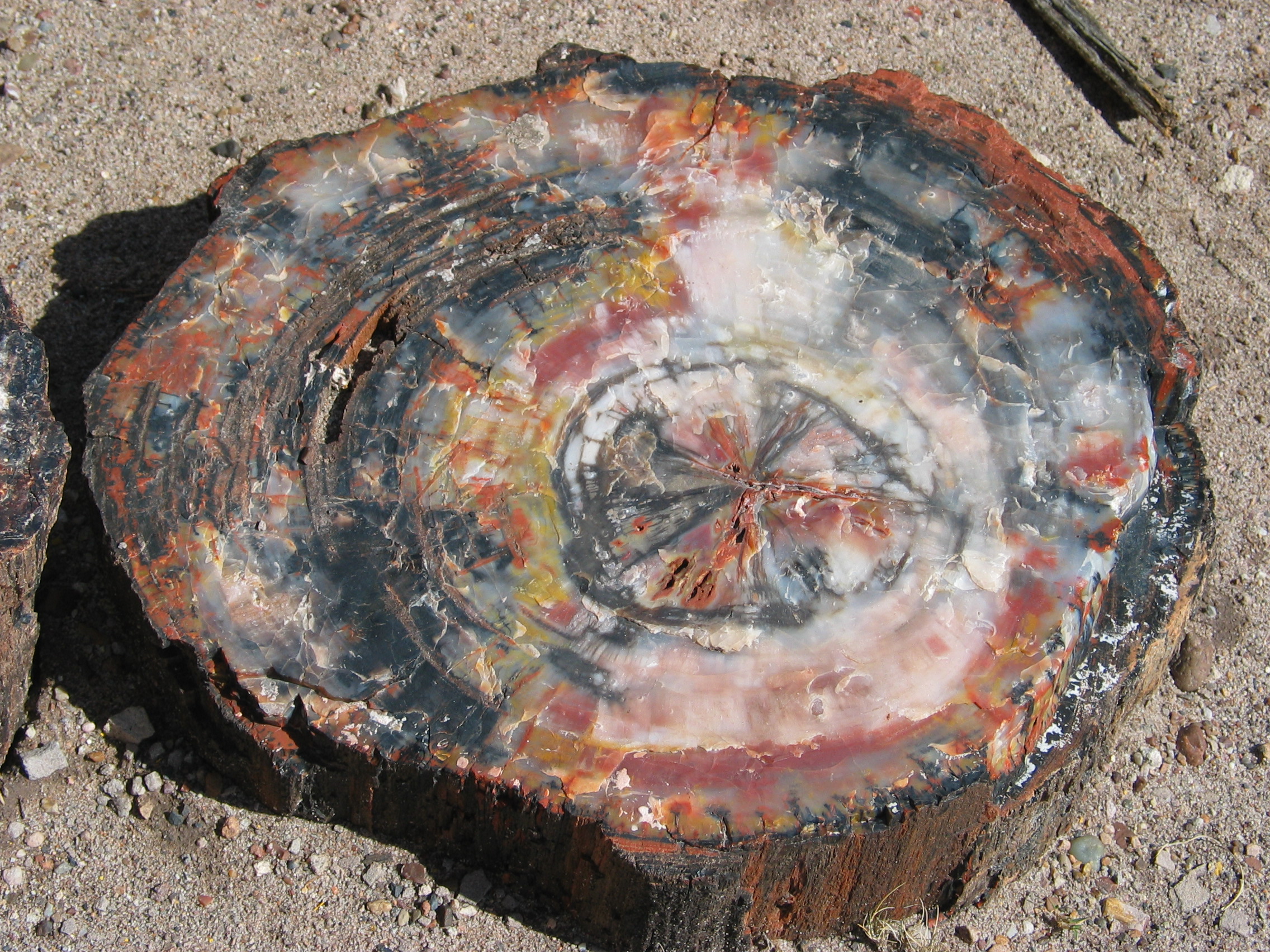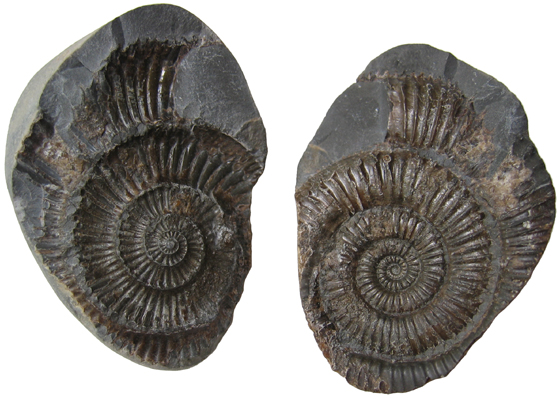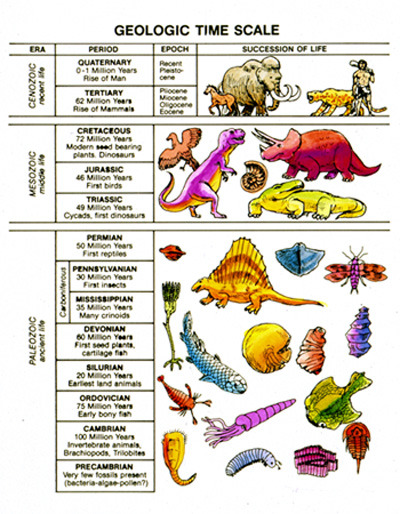How are you coming along with learning the geologic time scale?
I am getting more familiar with the different eras and periods we need to know within the geologic time scale, but I do not have them memorized yet. I think that I will make use of the mnemonic device to remember the periods within the Paleozoic, Mesozoic, and Cenozoic Era's:
Come Over Some Day, Maybe Play Poker. Two Jacks Cover Two Queens.
Cambrian, Ordovician, Silurian, Devonian, Mississippian, Pennsylvanian, Permian, Triassic, Jurassic, Cretaceous, Tertiary, Quaternary.
What do you know about fossils?
ALL fossils show that something at some point was alive.
Often times fossils can be found inside and preserved in amber, which is fossilized tree resin.
Trace fossils: footprints, burros
Petrified wood
Mold and Cast
Carbonized leaf fossils
Whole animal fossils

Making Fossils Lab:
We made three different mixtures of plaster and sand, added a shell, and let the mixtures harden over two days. When we returned to class, we broke the shell out of the hardened mixtures. We were trying to see which mixture was the best; i.e. easiest to get the shell out, and left a defined imprint.
Hypothesis:
We guessed that the more sand there was in the mixture the easier the it would be to get the shell out.
Our mixtures were (manipulated variable):
60% plaster to 20% sand- 60mL to 20mL
50% plaster to 50% sand- 40mL to 40mL
20% plaster to 60% sand- 20mL to 60mL (error: we had to add 5% more plaster so that the mixture would cover the shell and harden)
Our constant was:
30mL water
Our three mixtures:
50/50:
60/20 plaster/sand:
25/60 plaster/sand:
Result:
As we worked on getting the shells and imprints out of the hardened mixtures we found that the 50/50% mixture was the best for removal and had clear and defined imprints. The 60/20 plaster/sand was very hard to break apart. The 25/65 plaster/sand mixture broke apart very easily.
**After we finished the activity we decided that this activity was probably not applicable for the classroom, as getting the shell out of the hardened mixture required a hammer, which would not be safe.




.jpeg)









